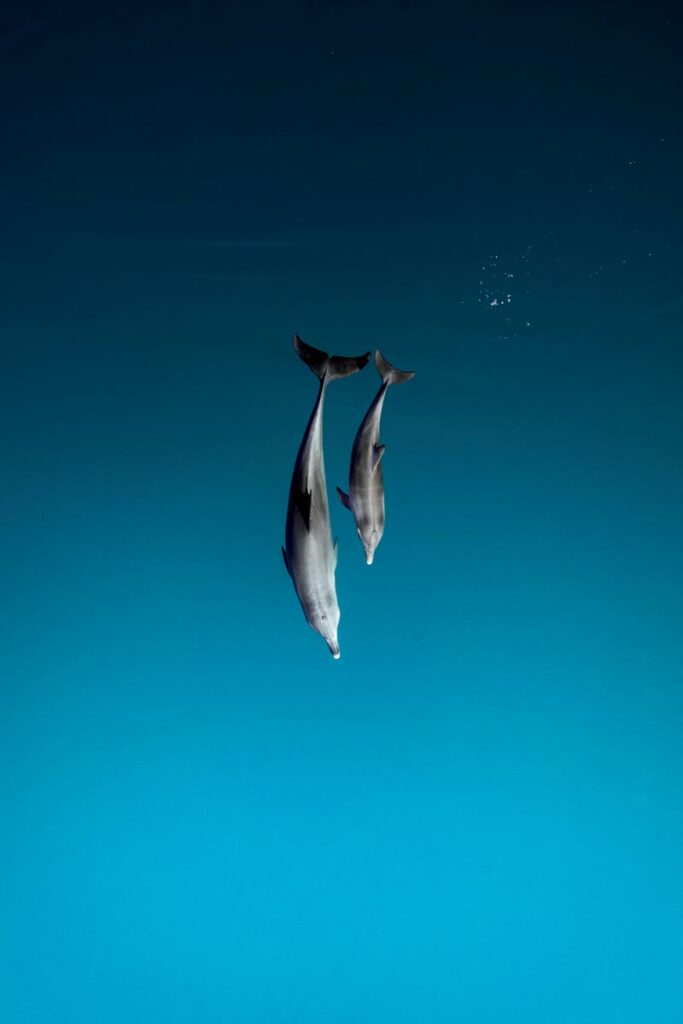Which creatures in the sea are using tools?

Not only humans use tools. Anjani Ganase looks at some marine animals that use objects in their environment to hide, hunt or eat.
Tools are defined as objects derived from the environment, attached or unattached, used to complete tasks with greater efficiency or success. We often consider the use of tools exclusive human practices and the reason for our advancement in technology.
However, tool use is common in the animal kingdom, and was first recorded by Dr Jane Goodall, who highlighted tool use for feeding by the great apes and chimpanzees.
The scope of tool use was widened to include animals with limbs, hands, tails, etc capable of holding objects.
The concept of “holding” an object was broadened again as researchers observed birds, dolphins and an array of animals using tools for feeding, protection, camouflaging, even for parenting and mating. The types of tools ranged from the very simple to highly sophisticated.
Here are some marine animals that use tools.
Hunting with water!
Water manipulation is a very common type of tool use in the ocean.
Orcas are the fiercest predators in the ocean. They cause great white sharks to flee and they can even rattle a big boat or two.

Orcas are highly intelligent and one group of about 100 orcas, called B1 Orcas, that live in Antarctica have devised a sophisticated strategy for hunting prey on ice. They work together to use water as the tool to “wave wash” seals off their ice floes.
The orcas would swim towards the ice floe in a line and in a synchronised fashion, they would dip their bodies under the floe and flap their tails to generate a wave strong enough to knock their prey off. The attack is highly co-ordinated and brutal to witness.
Stingrays can propel water by wafting their fins over the sandy substrate to reveal buried prey, while other marine organisms, such as squid and cuttlefish, can blow jets of water into the sand for burrowing and camouflaging.
Fish can blow water jets into the sand to reveal lurking predators such as bobbit worms; they also use water jets to waft and aerate their eggs.
Blending in or hiding
Marine animals utilise objects from their surroundings to blend in better and avoid predation.
On my dives in Tobago, I’ve come across sea urchins that decorate themselves with shells, corals and even sticks. Take a very careful look under the sea urchin, and you may find a crab hiding out, also seeking protection under the spines.
I’ve seen hermit crabs balancing pieces of sponge and soft corals on their shells while out on the reef foraging at night.
Predators beware!
In the Indo-Pacific, the boxer crab lives on coral reefs, walking around with two tiny anemones in its claws making them look like boxing gloves (or, in my opinion, pom-poms).
Anemones have stinging cells that the crab would wave to deter any potential predators from taking a bite.

The crab can also drag the anemone along the sand and feed on any tiny critters that get stunned by the anemone. Another peculiar adaptation in the shallow sandy or muddy habitats of the Indo-Pacific is the use of coconut shells and clam shells by veined and coconut octopus to hide or shield themselves.
Sponging around for food
Female dolphins in Shark Bay, Western Australia, use tools in an unusual way. Scientists observed that the dolphins would fit pieces of sponge to their beaks and use them to prod the substrate and stir up bottom-dwelling fish without damaging themselves. The fish are easy to capture and very nutritious. It is speculated that mothers developed this tactic to get quick and easy meals while raising their calves.
Bubble fishing
In Alaska, a small subset of humpback whales use a visually beautiful method for corralling krill or fish to eat.
The humpback whales create a bubble net by blowing a sequence of bubbles while swimming around in circles, with each consecutive circle becoming smaller and smaller. As the bubbles rise, a conical wall of bubbles is created to corral and trap prey. The whales can feed on a larger serving in just one gulp.
This strategy is used by two per cent of the population, implying that it is only beneficial under certain conditions, otherwise the whales will simply engulf without using the bubble net.
Researchers found that whales can often alter the sizes and the density of bubbles depending on the circumstances. Bubble nets can be formed by a solitary whale or several working together.

Comments
"Which creatures in the sea are using tools?"